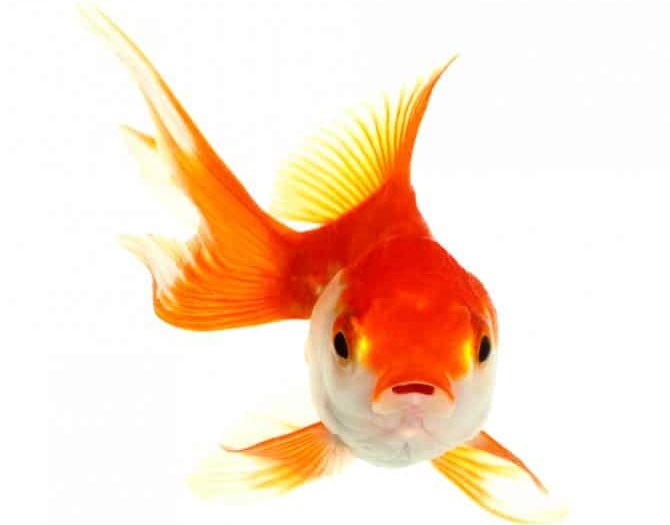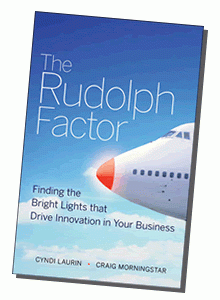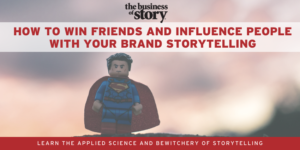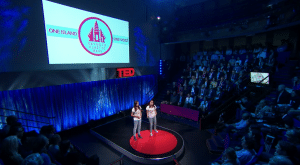This article first appeared in the American Marketing Association blog, Elevate.
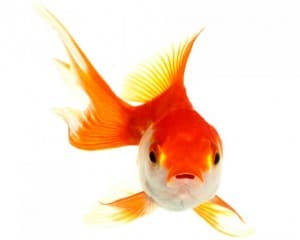
The goldfish has an average attention span of nine seconds, which now is one second longer than the average attention span of the modern-day consumer, according to the Statistic Brain Research Institute.
We have lost one-third of our attention spans since 2000, when we’d stay engaged with a piece of content for a plodding 12 seconds. That’s not surprising given the ubiquity of smartphones, social media, mobile apps and streaming content, all of which have combined to create what some call the “attention economy,” a marketplace in which the ability to hold consumers’ attention holds significant value.
We simply are over-stimulated with content, and our brains are fighting back with natural survival instincts. Consider this: We can go weeks without food and days without water, but only about 35 seconds without finding meaning in something. Our minds constantly scan our environment, probing for clues hidden beneath the surface with an embedded “app” called curiosity. Curiosity is our primal search engine. It captures insight and filters it through past experience to help our brains predict the future in an endless struggle to find clarity in the chaos around us.
Nature has programmed us to seek out and make meaning of events, whether fictional or nonfictional, for one purpose: survival. When we bombard our brains with massive amounts of advertising and marketing messages—each a momentary billboard, and most of it banal—our brains simply turn away, searching for more meaningful content elsewhere.
Cutting through the cacophony of communications in the attention economy requires telling better stories. As author Jonathan Gottschall wrote in his book about the intersection of neuroscience and storytelling, The Storytelling Animal: “The human mind yields helplessly to the suction of story.” Our brains create stories out of everything, and if our brains can’t readily make meaning out of something, our attention moves on.
There is a trick when using story structure that is guaranteed to capture an audience. It is as simple as telling a story with a beginning, a middle and an end. Duh, right? But most marketers forget the middle part. That is where conflict, tension and action happen. It’s what our minds hunger for.
The basic shape to every story is set-up, conflict and resolution. Our subconscious is masterful at recognizing this pattern. It’s how it learns. When you use this basic story structure in your content marketing, you will curry favor with the most influential regions of the mind.
I produced a 10-series podcast with legendary Hollywood screenwriting coach Robert McKee to learn how business leaders could use storytelling to engage their audiences, and he shared something that stayed with me: “Our conscious mind is simply the PR department for our subconscious mind, where all of the real decisions are being made.”
To get to that subconscious level, allowing your offering to be a real contender in customers’ consideration sets, try using this simple three-act approach to storytelling: Set the stage, turn the tables and then resolve the situation for the better by suggesting that your product or service is the solution. One of our clients summed it up best for me with his description of the sales process: “Find the hurt. Amplify the pain. Heal the wound.”
Our conscious mind applauds great storytelling because it captures our rapt attention and moves us to action. When you become an intentional and pragmatic storyteller in your content marketing, you can nudge the world in any direction you choose, even in just eight seconds.

